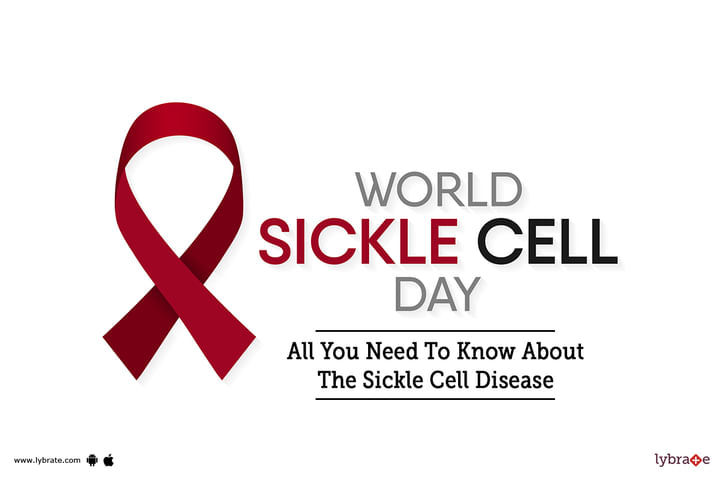World Sickle Cell Day - All You Need To Know About The Sickle Cell Disease!
Sickle Cell Diseases or Sickle Cell Anaemia is considered to be the foremost genetic disease that today’s world is grappling with. W.H.O. has been fighting to spread awareness regarding the same since 2006 and the U.N. joined it in 2008. On the 19th of June, 2009 the first World Sickle Cell Day was celebrated. While it is not a public holiday, it allows organizations and institutions, celebrating it, to make people aware of the existence of this disease.
So what is Sickle Cell Disease? Here is all you need to know about it.
-
Primary cause: It is a genetic disorder that a child gets from its parents. It is important to note that one can only get sickle cell anaemia if both of one’s parents are carriers. According to a W.H.O. estimate, close to 5% of the entire population carry the mutated genes causing this disorder.
-
How it works: This disorder affects one's RBCs or red blood cells. We’ve all seen images of red blood cells in biology textbooks. Thus, by its name one automatically imagines round or circular red cells. Due to the mutation of haemoglobin, these cells in the affected patient change their shape. From circular and flexible they become crescent-shaped and stiff. The name of the disease comes from the sickle-like shape that the mutated blood cells acquire.
-
Key effects: The changing of the shape of our red blood cells may not sound too severe. However, its effects range from bouts of pain caused by lack of oxygen to strokes, blindness, and even erectile dysfunction! The changed shape of the blood cells restricts their movement. Since oxygen is sent to different parts of our body via these red blood cells, their restricted movement results in a reduced supply of the same. This leads to excessive pain in certain body parts. In extreme cases, lack of oxygen becomes the cause of other problems such as blindness, heart attack or stroke, and even bone damage! Continuous lack of oxygen to certain organs can lead to their failure. Thus, without treatment, this disease leads to a very slow and painful death.
-
Cure: Treatment of this disease refers to the treatment of its symptoms or complications to prevent death and ease the pain of the patient. This is why more research is required to find a way to prevent it altogether or cure the mutation.



+1.svg)
